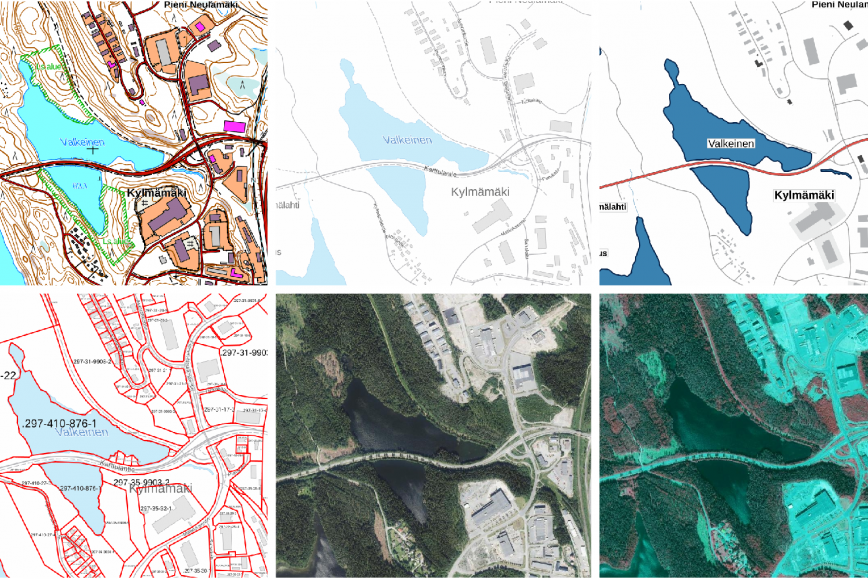Some of the NLS’s property data, geospatial data and maps have been defined to be openly accessible. Open datasets can be used free of charge without any restrictions, as long as the source is stated.
They can be used through various interface services, for example. Interface services may be openly available, or their use may be subject to a separate charge based on an agreement.
These two options are available for part of the NLS’s open datasets. Customers often wonder what the difference between an open and contractual interface service is and which of them they should choose.
Differences in contractual and open uses
Teija Tarvainen, Chief Expert in Information Services, says that an open service may not necessarily provide a sufficient level of service when dealing with a customer’s business activities. In this case, a contractual service subject to a separate charge should be selected to ensure the stable use of services.
‘An open service can be used if its features meet the user’s needs and any capacity issues considering their services are not critical,’ Tarvainen says.
‘For example, open services are well-suited for testing and development, while a contractual service is a safer choice for production. Currently, open services have been fairly reliable, but we cannot give a similar service promise to them as to contractual services,’ says Tarvainen.
The NLS knows who uses contractual services and to what extent. This means that their volumes can be estimated to some extent. Because customers are known, they can be contacted directly if there are interruptions, for example.
Direct contact provides significant benefits for contractual customers. Users of open services are notified of interruptions and changes through general communication channels. In contractual services, contact people are contacted directly by email.
Charges ensure a sufficient service level
Customers are charged for the use of contractual services. These charges ensure a sufficient service capacity.
‘Charges are based on service provision costs, similarly to all other charges collected by public organisations. Contractual customers pay for a sufficient service capacity, which will be increased if demand grows,’ says Tarvainen, clarifying the grounds for charges.
From time to time, customers want to know whether there is a certain search limit up to which open services can be used in place of contractual services.
‘Currently, the use of services is not limited, but limits can be added if there are challenges in the capacity of open services. Open services are intended for everyone, not to respond to the massive data needs of individual users, which is why we are offering two service options: an open service and a contractual service subject to a separate charge,’ Tarvainen says.
How to get started in preparing an agreement?
The NLS’s website includes descriptions of all services and instructions for starting to use them. The format of agreements is fixed, and starting to use a contractual service is fairly straightforward.
‘Entering into an agreement is simple and easy. The manual signature is the most significant step, which we unfortunately still require, but it can also be sent to us scanned,’ says Tarvainen.
Open and contractual versions are available for the following services:
- Geocoding service (REST) (in Finnish)
- Map image service (WMTS) (in Finnish)
- Land information query service (OGC API Features) Open products (in Finnish)
- Land information query service OGC API Features (in Finnish)
- Nomenclature search service (OGC API Features) (in Finnish)
Further information
Customer support for e-services: verkkopalvelut@maanmittauslaitos.fi or +358 29 530 1119.

